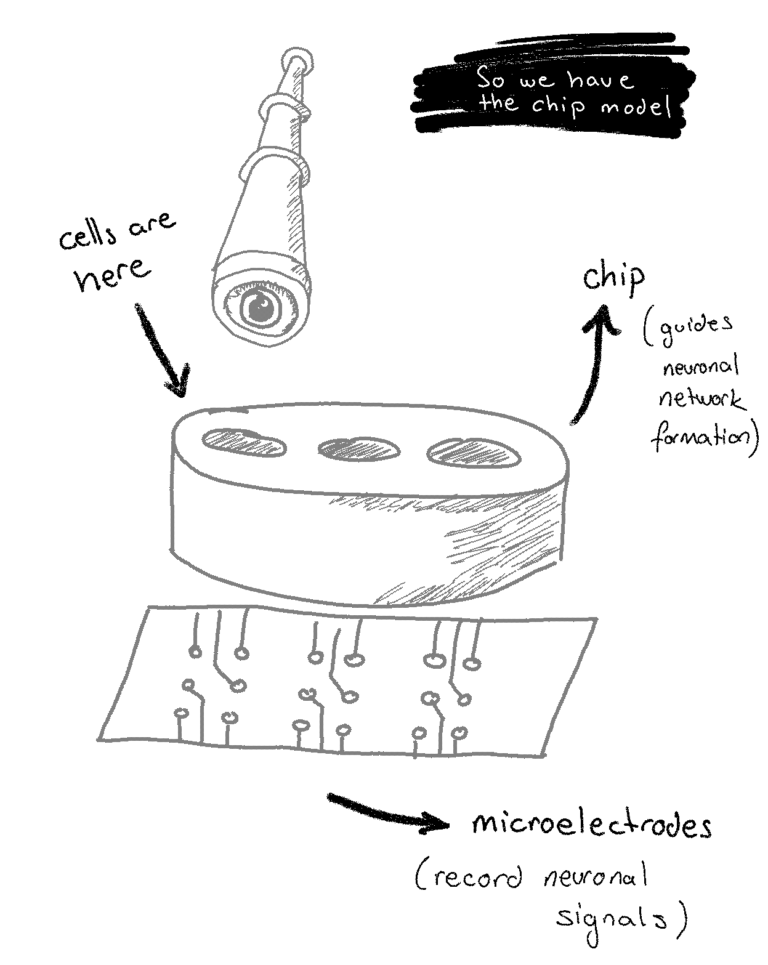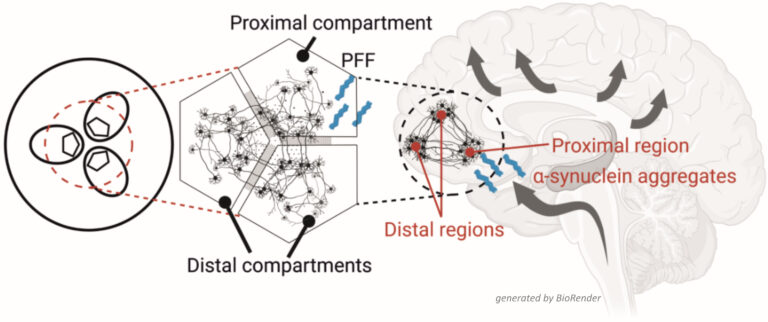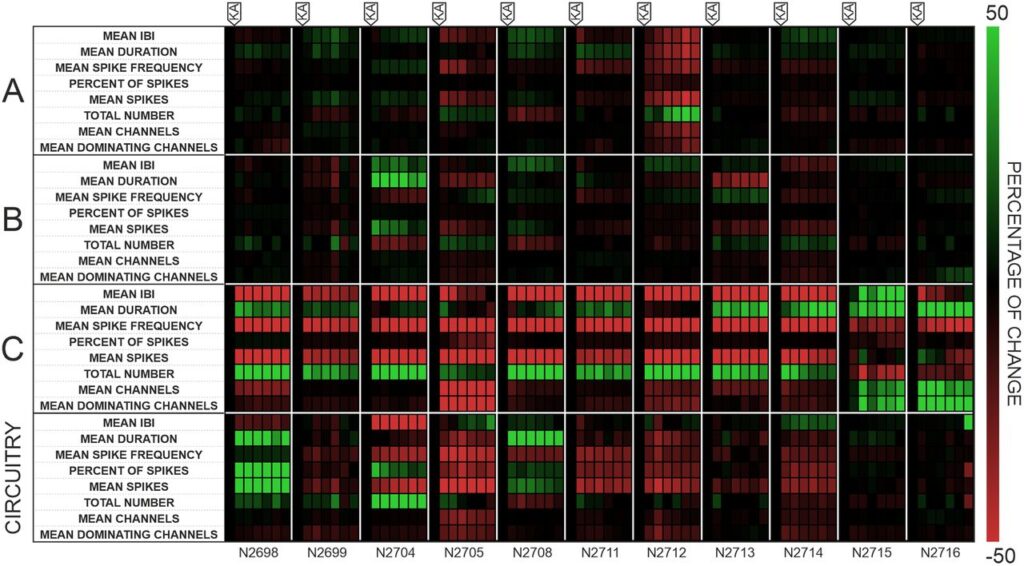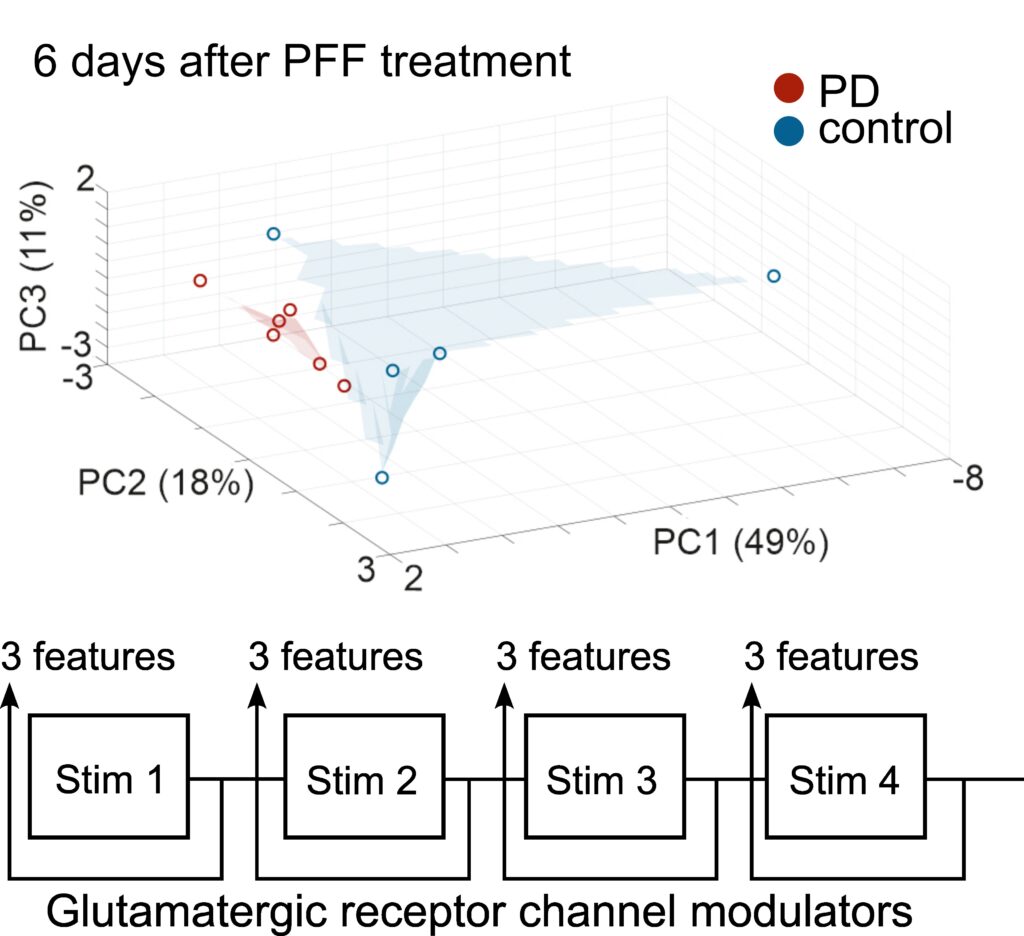Parkinson’s-on-Chip Model
Parkinson’s-on-Chip is an ongoing project which was also supported by Academy of Finland between 2020-2023, for developing an in vitro model for Parkinson’s Disease (PD).

Parkinson’s Disease
Parkinson’s Disease (PD) is the second most common neurodegenerative disorder, affecting millions of people worldwide. It gradually damages the nervous system, making everyday tasks more difficult over time.
The Role of Alpha-Synuclein
One of the key players in Parkinson’s is a protein called alpha-synuclein (α–s). Normally, it helps brain cells communicate by supporting the flow of signals at synapses—the connections between nerve cells.
Changes in the Brain
In PD, alpha-synuclein can start to misfold and form clumps. These protein accumulations interfere with how nerve cells function. Over time, they can affect movement, thinking, and other important abilities, and may eventually lead to the loss of brain cells.
Why This Research Matters
By replicating the conditions of the brain in a carefully controlled lab setting, our model allows us to observe how harmful changes—like protein buildup—start and spread. This controlled environment makes it possible to detect early signs of disease that are difficult to see in living patients. These insights are critical for developing treatments that can slow or even stop the progression of Parkinson’s before major damage occurs.
We are developing a chip-based model that replicates the aggregation and spread of pathological alpha-synuclein (visualized in green below), providing a controlled platform to study its role in Parkinson’s disease.

The on-chip model is designed to accurately mimic the brain’s micro-physiological and anatomical environment.




